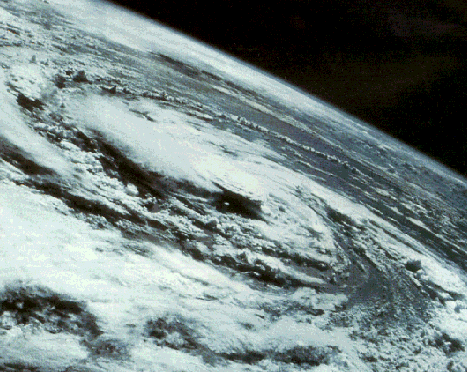
Description
Turbulence is often referred to as the last open problem of classical mechanics. It is a problem of both fundamental importance and with a wide range of applications, in earth and atmospheric science, plasma physics, aerospace engineering, and many other areas. Despite nearly a century of efforts by the best minds, many questions remain open, and considerable progress has only been achieved for idealized situations, such as homogeneous and isotropic turbulence. The goal of the session is to bring together specialists from various subfields of turbulence research, so that ideas can be exchanged accross different subfields.
Speakers
Below is a list of speakers that have agreed to attend, as of today. We can accomodate another 5 speakers. If you would like to attend please e-mail me the title and abstract of your talk.- John Bowman, University of Alberta
- Brian Arbic, The University of Texas at Austin
- Bhimsen Shivamoggi, University of Central Florida
- Mogens Melander, Southern Methodist University
- Eleftherios Gkioulekas, University of Central Florida
- Francesco Fedele, Georgia Institute of Technology
- Minping Wan, The Johns Hopkins University